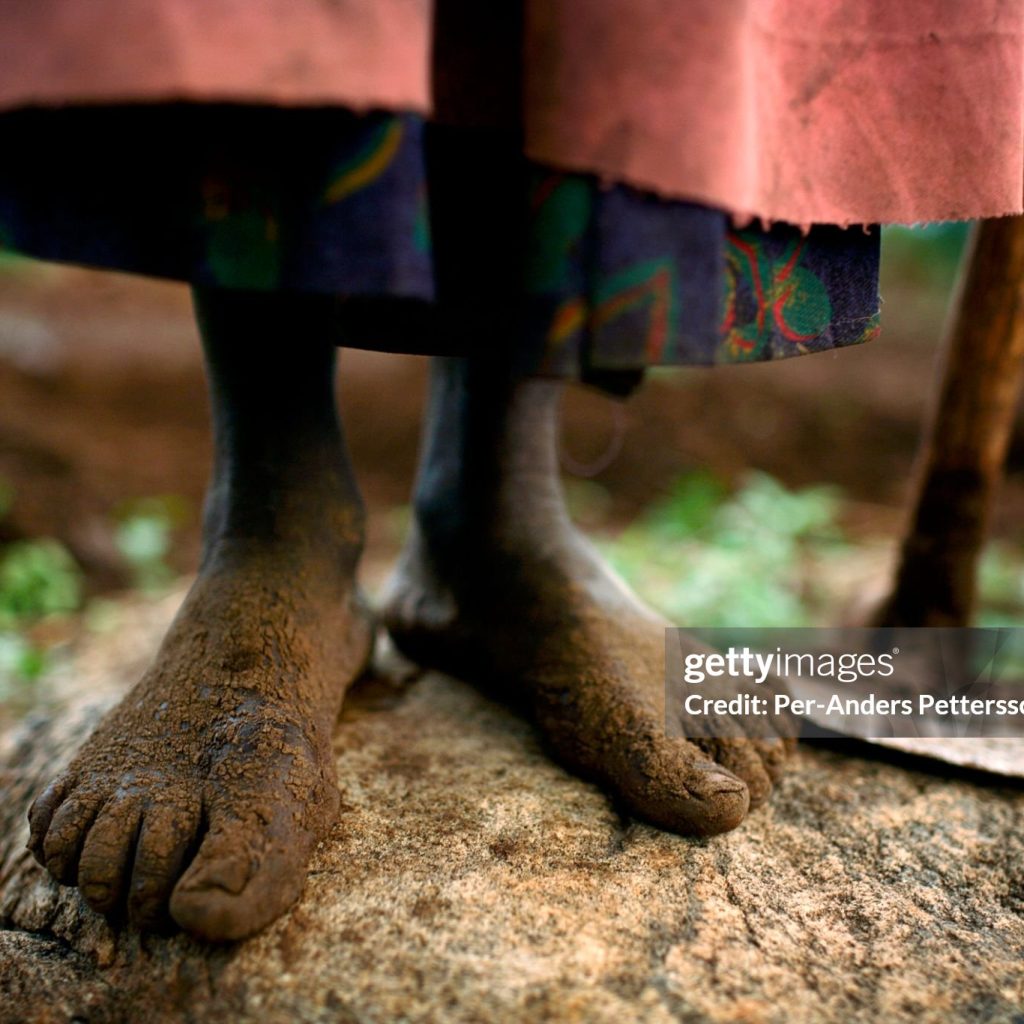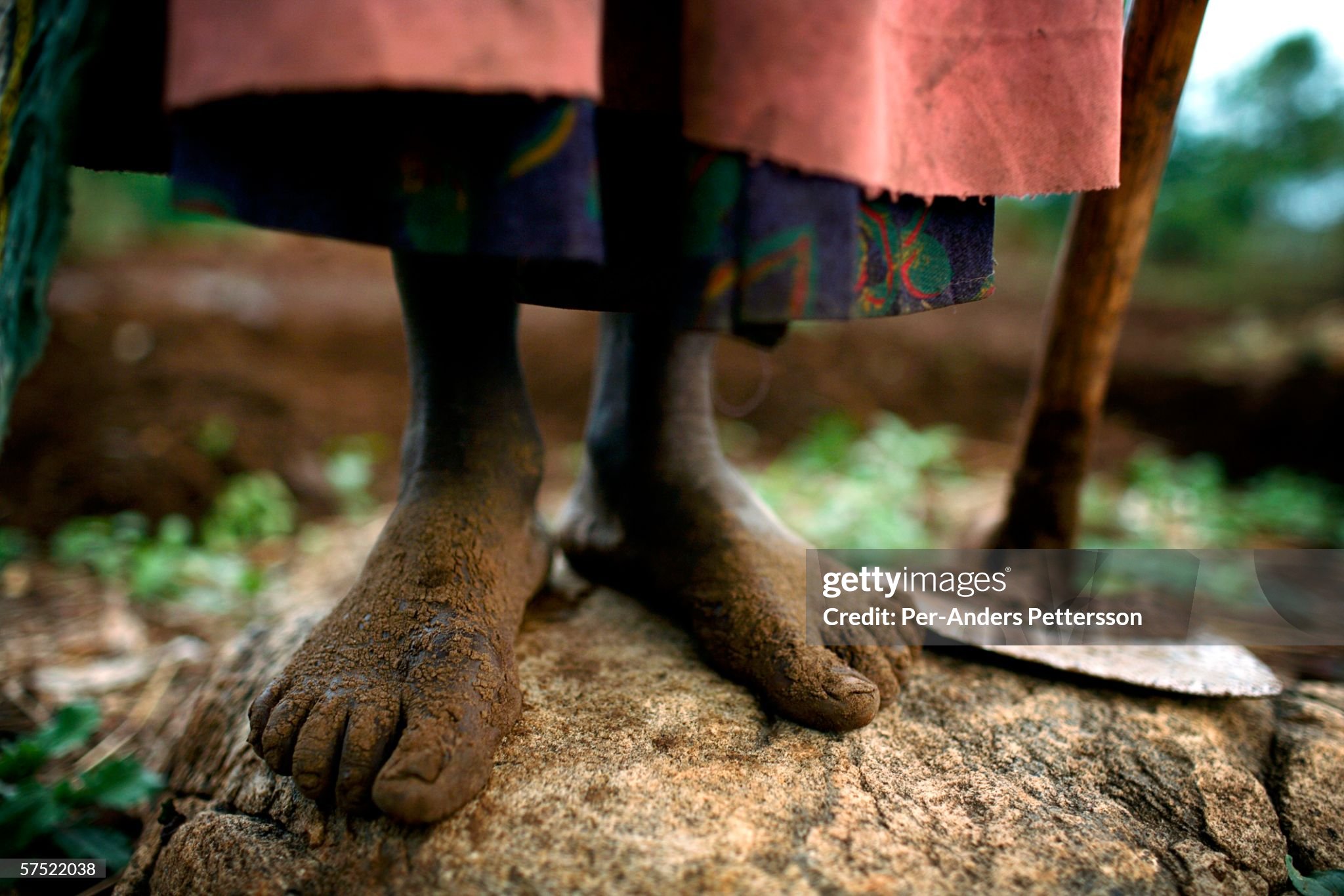A path to end hunger
In Zomba two weeks ago, the Minister of Agriculture boldly declared the government’s commitment to end hunger by 2060. But why wait decades? With genuine political will, strategic partnerships with agricultural leaders like India and China, and the right people in the right positions, Malawi has the potential to end hunger within two growing seasons. We don’t lack resources or ideas; what we lack is accountability and effective management.

Year after year, politicians preach about progress, yet food insecurity persists. The Affordable Inputs Program (AIP), initially designed to empower smallholder farmers, has instead turned into a political campaign tool, riddled with inefficiencies and questionable management. The budget allocation to AIP for the 2023/24 fiscal year stands at K117.7 billion—a substantial sum following the K109 billion allocated in 2022/23. However, an Action Aid report reveals that maize production levels remain critically low, while food insecurity has worsened, affecting over 5.7 million people in 2023/24 alone. How long must we continue wasting resources on ineffective programs?
If AIP funding was truly transformative, we would see a different story in Malawi’s fields and markets. Instead, mismanagement has left us with poor yields and frustrated farmers. It’s time to redirect resources and rethink our agricultural approach, exploring innovative revenue streams and supporting sustainable food production on a larger scale. Malawi, for example, has made millions through carbon offset trading. Our carbon credits have a potential value of around 19.9 million metric tons annually, which could translate to over $600 million (K1.2 trillion) on the global market. This is not a distant dream; Malawi is currently generating approximately $50 million (K100 billion) monthly from selling carbon credits.
Why isn’t this revenue invested in agriculture and food security? Alongside health, the food system is arguably the most critical area requiring urgent budget prioritization. Malawi doesn’t need a miracle or a messiah to end hunger—we have the resources. What we need is to channel our income from initiatives like carbon trading into strengthening our food systems.
One of the obstacles Malawi faces is the misguided belief that everyone can or should be a farmer. Many Malawians in rural areas lack the resources or expertise for productive farming and often end up selling their subsidized fertilizer and seeds. Meanwhile, small-scale farming is becoming increasingly vulnerable to climate change. Last year alone, floods washed away acres of farmland, while other areas experienced prolonged droughts, leaving 5.7 million Malawians food-insecure. These climatic challenges have repeatedly thwarted the AIP’s efforts, as fertilizer and inputs are literally washed downriver.
The solution? Support large-scale, climate-resilient farms that are better equipped to handle extreme weather. Subsidizing mega farms with irrigation capacity could yield more affordable maize and ensure food security regardless of floods or droughts. For instance, we can learn from the success of Illovo, which has managed to sustain large-scale farming in Chikwawa and Dwangwa despite adverse weather. Mega farms, supported by government policy, could become reliable sources of food even in the face of climate uncertainties.
Additionally, we need to rethink funding structures like the National Economic Empowerment Fund (NEEF). Currently, NEEF loans are often handed out as political rewards, with little regard for recipients’ skills or repayment ability. These funds could be better utilized in agriculture, employing young people on mega farms and contributing to food production. Similarly, the Greenbelt Initiative, once heralded as a transformative agricultural project, has become a cash sink with minimal results. The mismanagement of its Salima Sugar Project, tainted by political interference, stands as a cautionary tale of wasted potential. If we are serious about ending hunger, we must address the root causes: poor management, political meddling, and ineffective use of resources. Let us stop treating agriculture as a political tool and start treating it as the backbone of national prosperity. By reallocating resources, supporting climate-resilient farming, and investing in food systems, Malawi can turn the tide on hunger within our lifetime, not in 2060 when most of us will be dead


